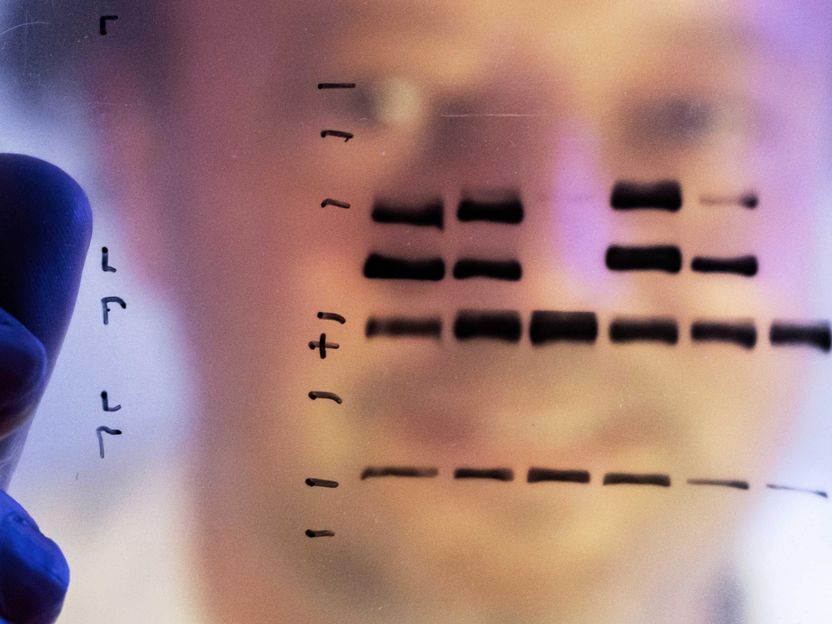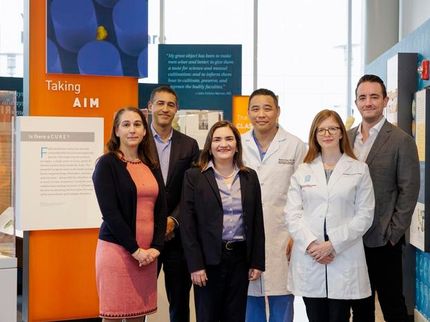UTMB adapts Zika vaccine to fight brain cancer
Vaccine attacked cancer cells but not healthy ones
Researchers at The University of Texas Medical Branch at Galveston have successfully harnessed a Zika virus vaccine under development to target and kill the brain cancer known as glioblastoma. The findings are currently available in MBio.
The Zika virus can cause microcephaly, a condition where the fetal brain doesn't fully develop when a pregnant woman is infected with the virus. In contrast, glioblastoma dangerously multiplies brain cells into cancerous tumors. The altered Zika vaccine effectively targeted and destroyed the cancerous brain cells in mice but not healthy cells.
"These findings represent major progress toward developing the Zika vaccine as a safe and effective virotherapeutic treatment for human glioblastoma," said UTMB's Pei-Yong Shi, professor in the department of biochemistry and molecular biology.
Glioblastoma is the deadliest and most common type of brain tumor. Despite surgery, radiation and chemotherapy, glioblastoma has a high rate of return with an average survival of less than two years. The late Sen. John McCain's battle with glioblastoma has drawn into sharp focus how aggressive this form of brain cancer can be.
Glioblastoma is a cancer of the glial cells enmeshed throughout the brain that provide structure, nutrition and oxygen for the nerve cells. The tumor recurrence is likely due to cancerous glioblastoma stem cells that hide in brain tissue close to the tumor mass even after surgery. Microcephaly likely develops because Zika virus targets stem cells in the fetal brain.
These observations led Shi and his colleagues at UTMB and in China to test the safety and effectiveness of UTMB's potential Zika virus vaccine in treating mice that were given human glioblastoma tumors to see if the virus would infect and kill the glioblastoma stem cells without harming normal brain cells. They found that the Zika vaccine caused no neurological symptoms or behavioral abnormalities while significantly reducing tumor growth and prolonging survival.
"The current study takes advantage of our recently developed Zika vaccine candidate," Shi said. "We will continue to improve the therapeutic potential of this platform by increasing the safety and increasing the specific cancer-killing activity. It is exciting to turn the "bad" side of the virus into cancer treatment."
Most read news
Organizations
Other news from the department science

Get the life science industry in your inbox
By submitting this form you agree that LUMITOS AG will send you the newsletter(s) selected above by email. Your data will not be passed on to third parties. Your data will be stored and processed in accordance with our data protection regulations. LUMITOS may contact you by email for the purpose of advertising or market and opinion surveys. You can revoke your consent at any time without giving reasons to LUMITOS AG, Ernst-Augustin-Str. 2, 12489 Berlin, Germany or by e-mail at revoke@lumitos.com with effect for the future. In addition, each email contains a link to unsubscribe from the corresponding newsletter.
Most read news
More news from our other portals
Last viewed contents
Emerging psoriasis therapies go head-to-head with marketed drugs - Comparative efficacy data critical for higher uptake since psoriasis is not considered a life-threatening condition

Enzyme inhibitor slows tumour growth - Research team discovers novel approach to treating certain B-cell lymphomas






















































